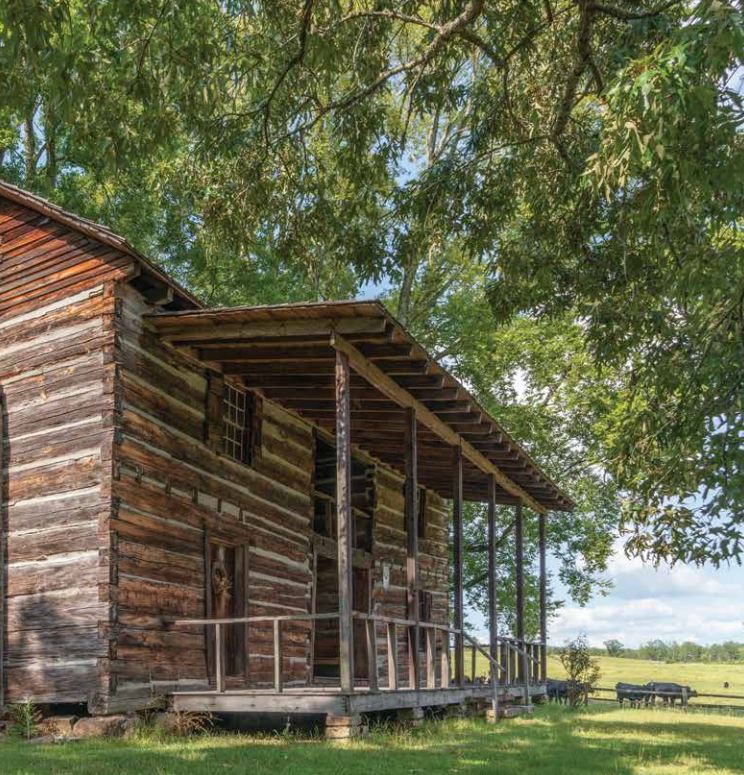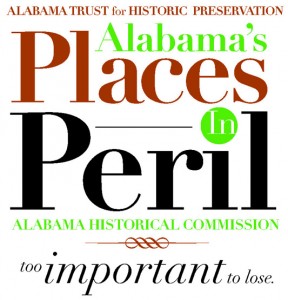After John’s death in 1827, the house passed to Henry, who sold it in 1892 to John L. and Sam Houston Lonnergan. The house remained in the Lonnergan family until 1947 when Col. Joseph R. Creitz purchased it. He deeded it to the St. Clair Historical Society in 1972. The Society is working with the St. Clair County Historical Development Commission, Ashville leaders, and other community groups in their efforts to preserve the Looney House and St. Clair County’s history.
An archive for local history, the John Looney House and its authentic donated furnishings, quilts, and artifacts are excellent examples of the pioneer lifestyle in early nineteenth century Alabama. It is a popular site for school class trips. Students learn about how their ancestors lived and gain knowledge about the War of 1812 and the Creek Indian War of 1813–1814.
All site activities have been suspended due to COVID precautions. However, under normal circumstances, the house is open for tours by appointment. In addition, two special events are held each year: a Fall Festival, which includes a reenactment of pioneer life, is held the second Saturday in October; and a Tree Lighting is held at the beginning of the Christmas season.
The house is listed in the National Register of Historic Places. Visitors from many states and other countries have toured the house and explored the local history and culture.
Time and the elements have taken a toll on the John Looney House. The greatest threats are deferred maintenance, caused by a lack of funds, and weathering. The last restorative work was performed inadequately in the 1970s when concrete was used as chinking. Because of this moisture barrier, rainwater continually runs over the concrete and, over time, has rotted out the original logs. The destructive concrete must be removed and replaced with proper chinking. Many boards throughout the house are severely deteriorated, and several of the hand-cut split roof shingles have been damaged by storms. Repairs must be made soon, or the site will eventually be lost. The estimated cost far exceeds what the St. Clair Historical Society can raise privately. The Society is grateful to have received funding from the Alabama Historical Commission through its Education Trust Fund grant program. The structure’s listing in Places in Peril has the potential of helping the society find additional ways to help with the rehabilitation efforts. The Alabama Historical Commission has supported this property with state grants in recent years.


 RSS Feed
RSS Feed